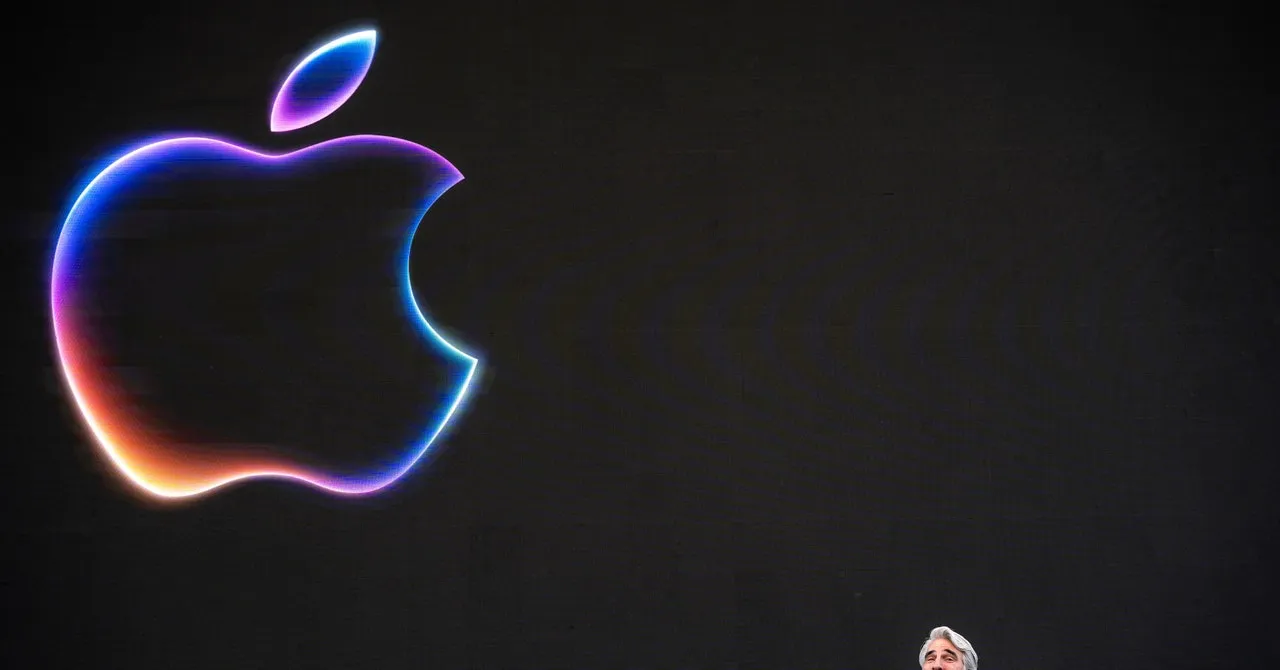Apple’s AI-Driven Approach to Privacy and Cybersecurity

Apple Intelligence: A Paradigm Shift in Privacy
The generative AI boom has, in many ways, been a privacy bust thus far, as services slurp up web data to train their machine learning models and users’ personal information faces a new era of potential threats and exposures. With the release of Apple’s iOS 18 and macOS Sequoia this month, the company is joining the fray, debuting Apple Intelligence, which the company says will ultimately be a foundational service in its ecosystem. But Apple has a reputation to uphold for prioritizing privacy and security, so the company took a big swing.
Introducing Private Cloud Compute (PCC)
Apple has developed extensive custom infrastructure and transparency features, known as Private Cloud Compute (PCC), for the cloud services Apple Intelligence uses when the system can't fulfill a query locally on a user's device. The beauty of on-device data processing, or local processing, is that it limits the paths an attacker can take to steal a user's data. The data never leaves the computer or phone, so that's what the attacker has to target. It doesn't mean an attack will never be successful, but the battleground is defined and constrained.
Balancing Security and Efficiency
Giving data to a company to process in the cloud isn't inherently a security issue—an unfathomable amount of data moves through global cloud infrastructure safely every day. But it expands that battlefield immensely and also creates more opportunities for mistakes that inadvertently expose data. The latter has particularly been an issue with generative AI given the unintended ways that a system tasked with generating content may access and share information.
With Private Cloud Compute, Apple has developed an array of innovative cloud security technologies. But the service is also significant for pushing the limits of what is an acceptable business proposition for a cloud service, seemingly prioritizing secure architecture over what would be most technically efficient or economical.
“We set out from the beginning with a goal of how can we extend the kinds of privacy guarantees that we’ve established with processing on-device with iPhone to the cloud—that was the mission statement,” stated Apple's engineering team.
This article was prepared using information from open sources in accordance with the principles of Ethical Policy. The editorial team is not responsible for absolute accuracy, as it relies on data from the sources referenced.